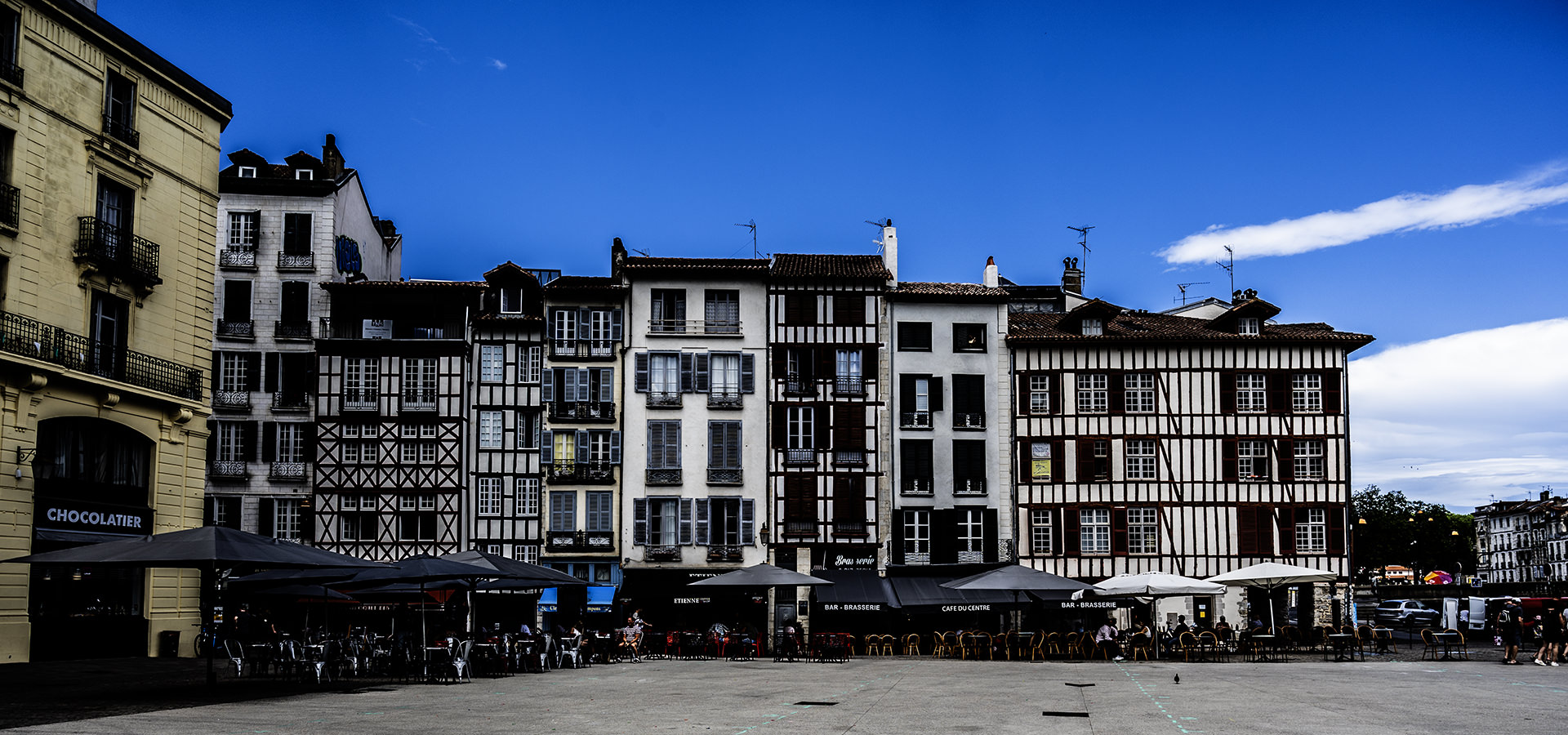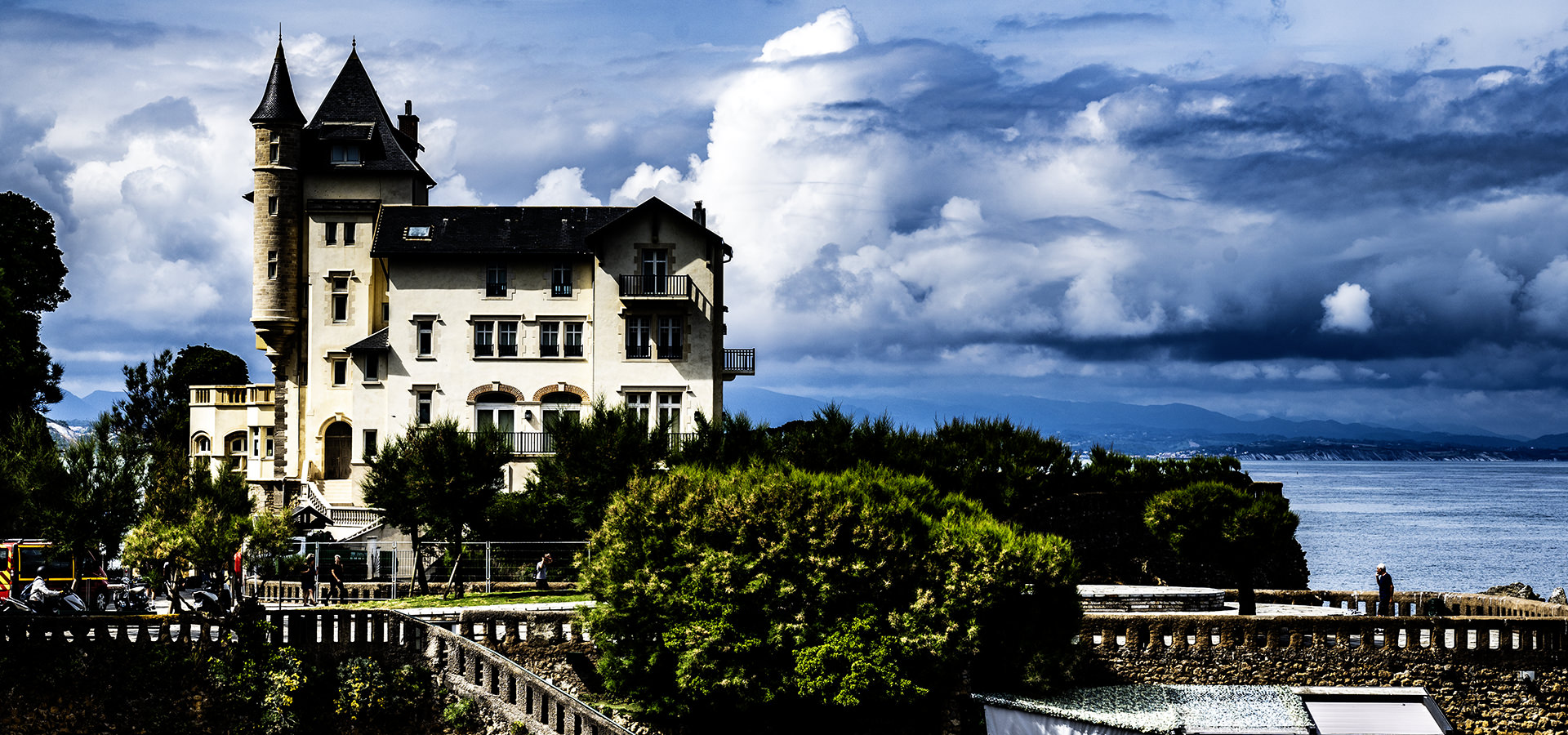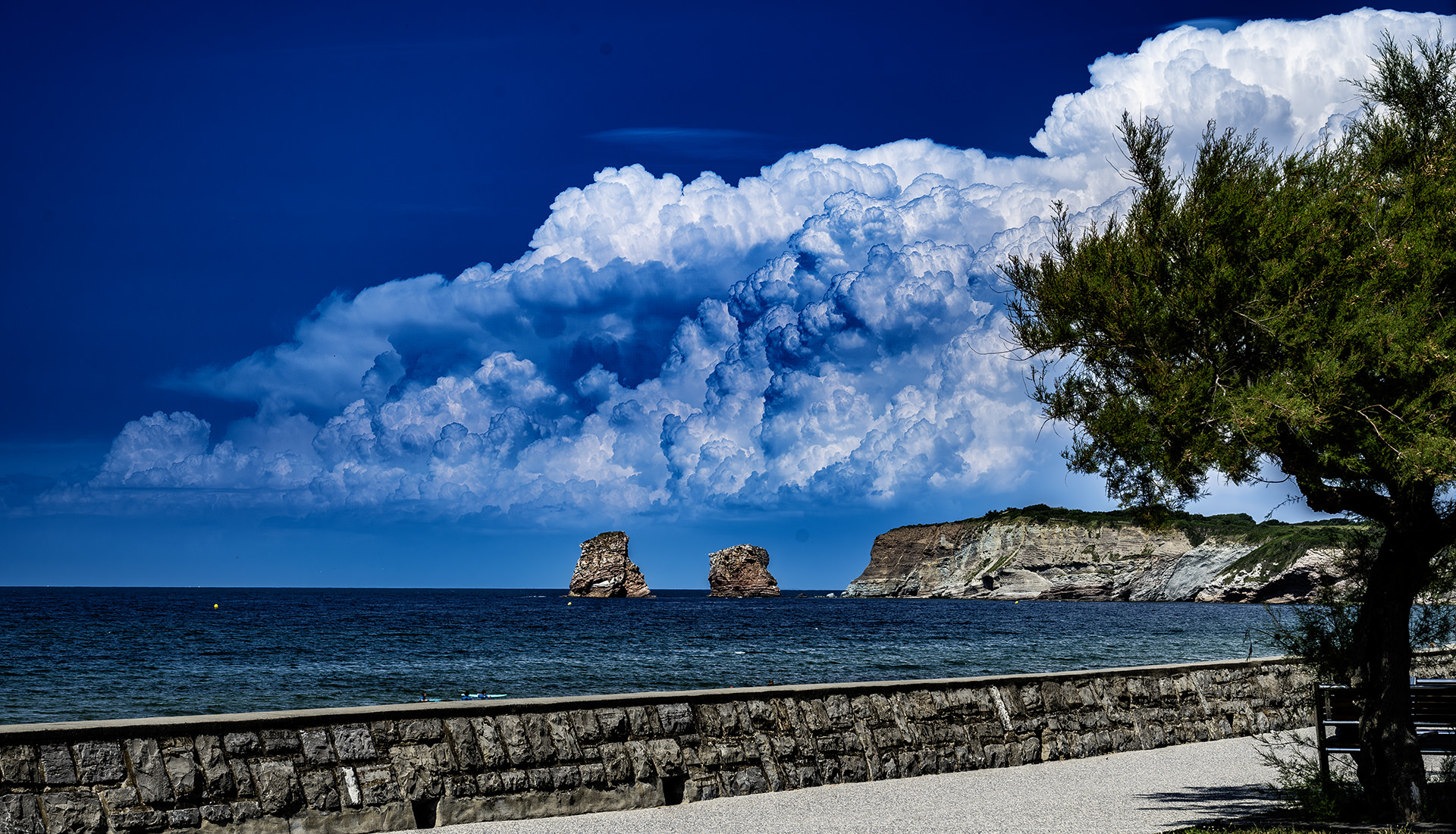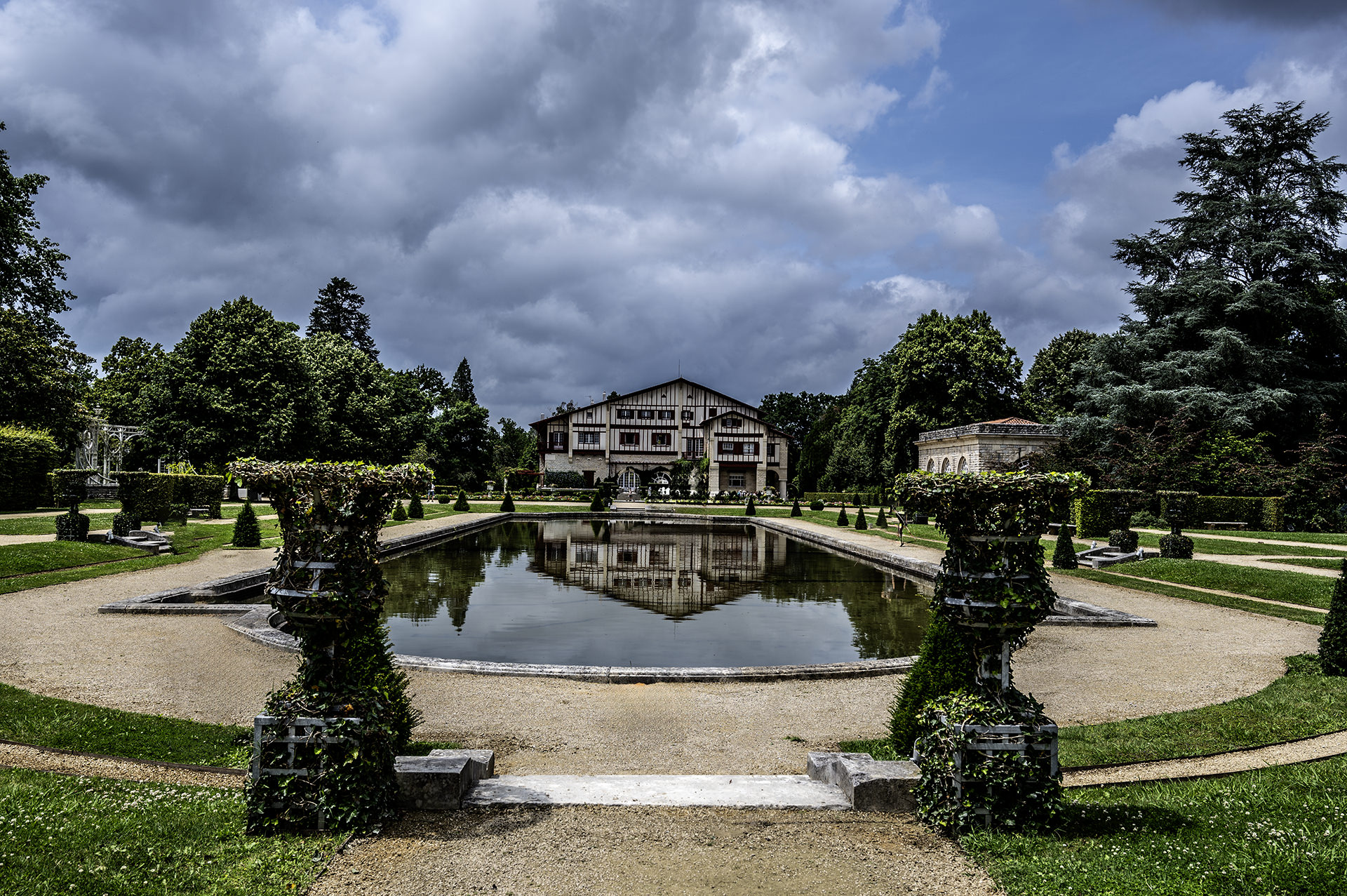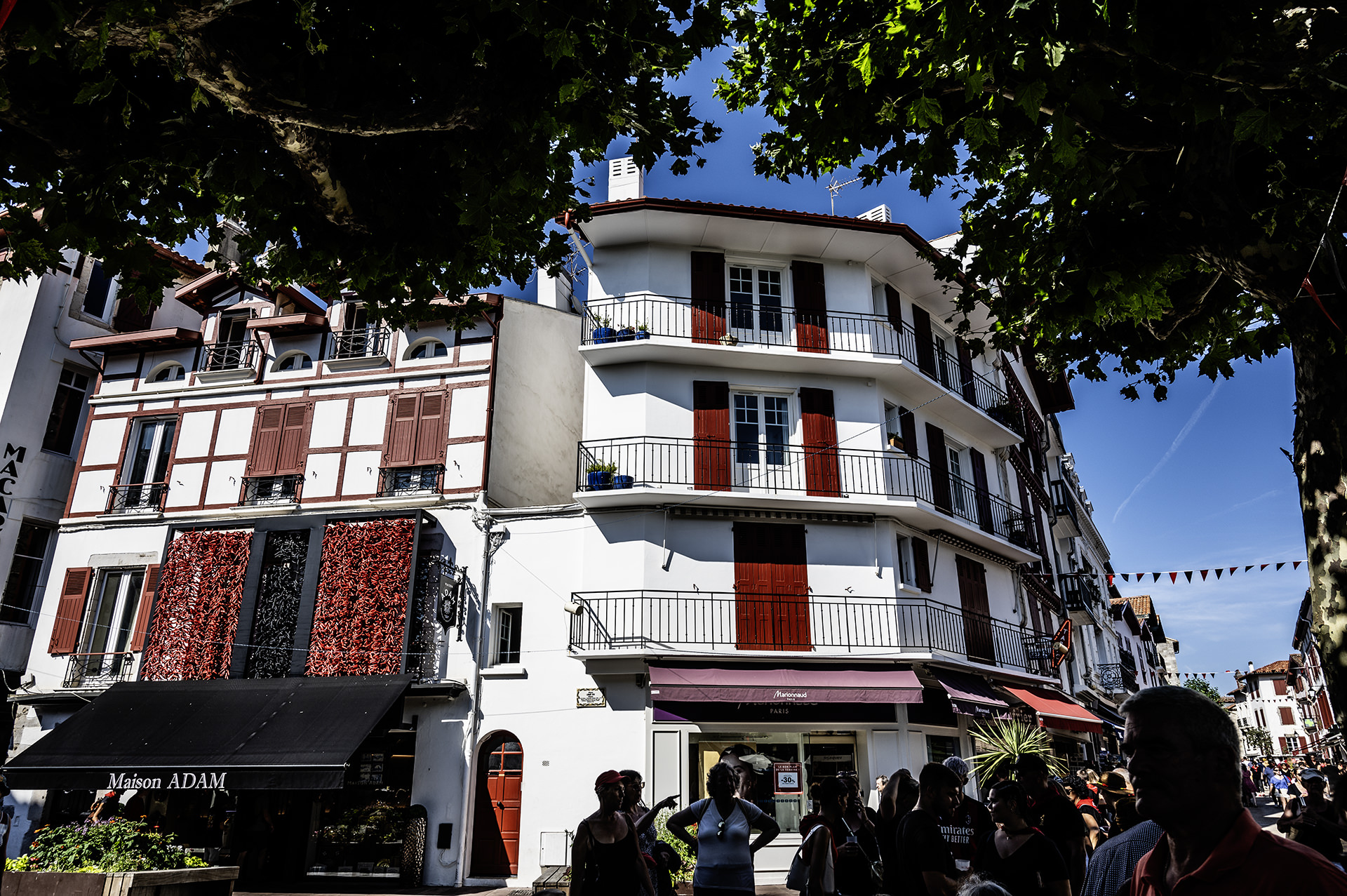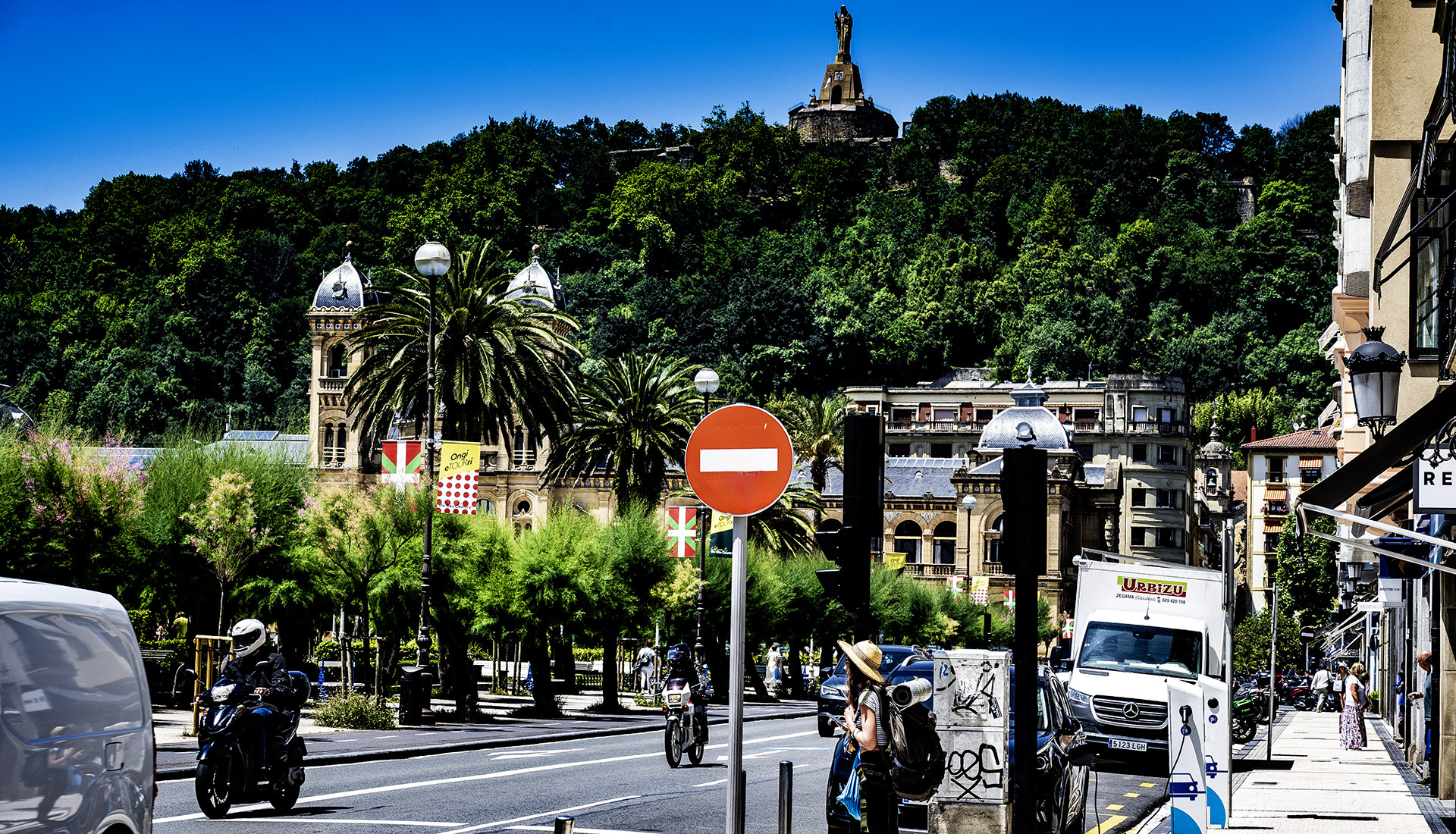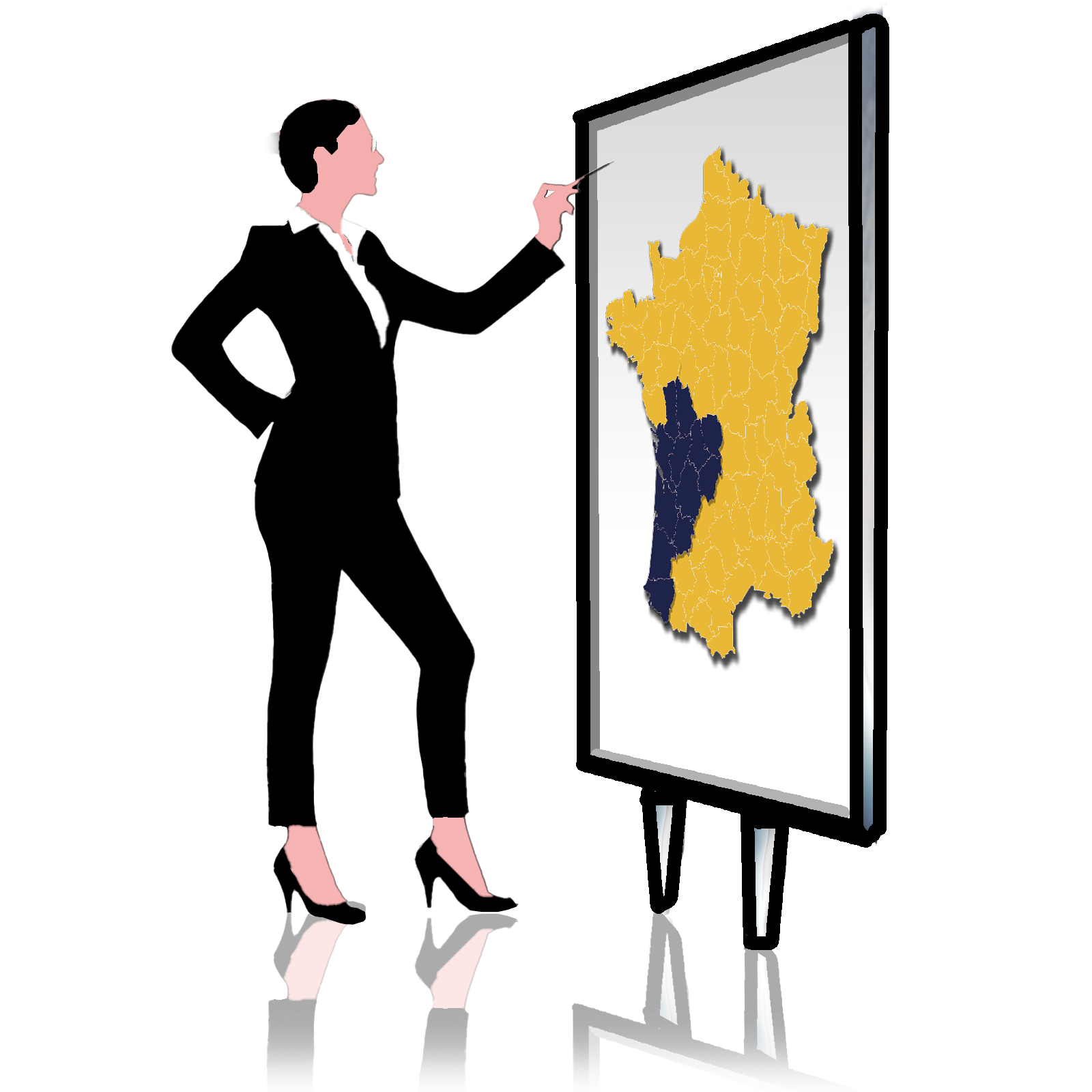



Produced by :  © 2025
© 2025

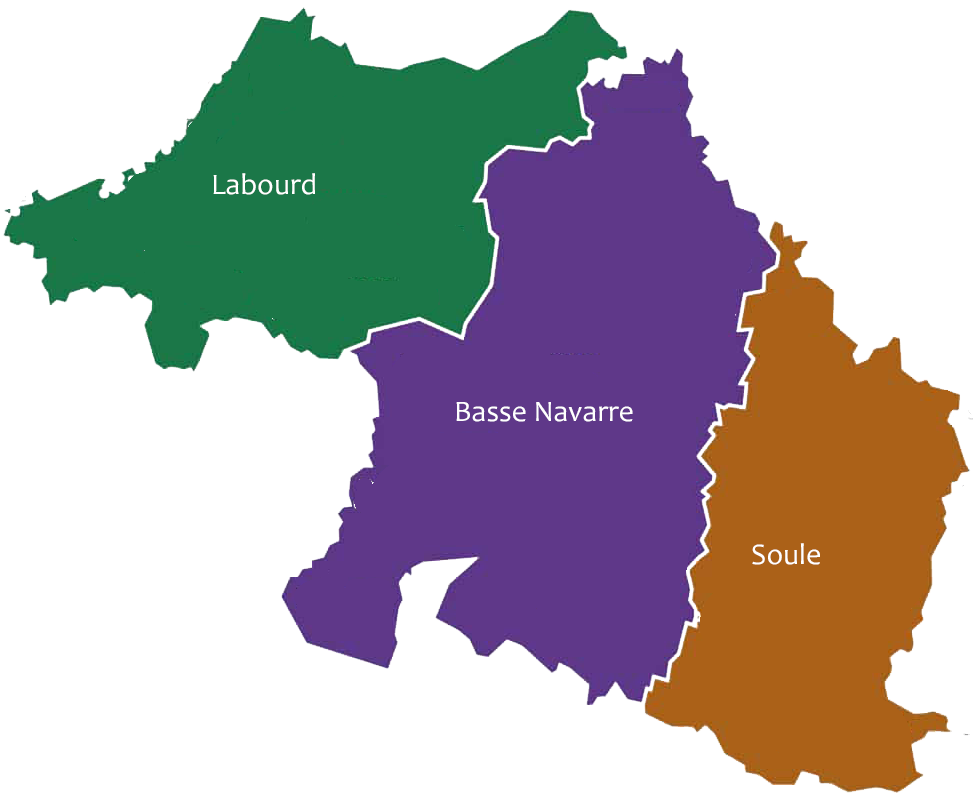
Basque Country is a region in the north of Spain and southwest of France, known for its green landscape, rugged coastline and rich culture. We travel to the Basque Country to discover the people, nature, art, history and of course the gastronomy of this unique area.
The first thing to know about the Basque Country is that it exists on both the French and Spanish sides. Our first journey begins in Labourd, in France.
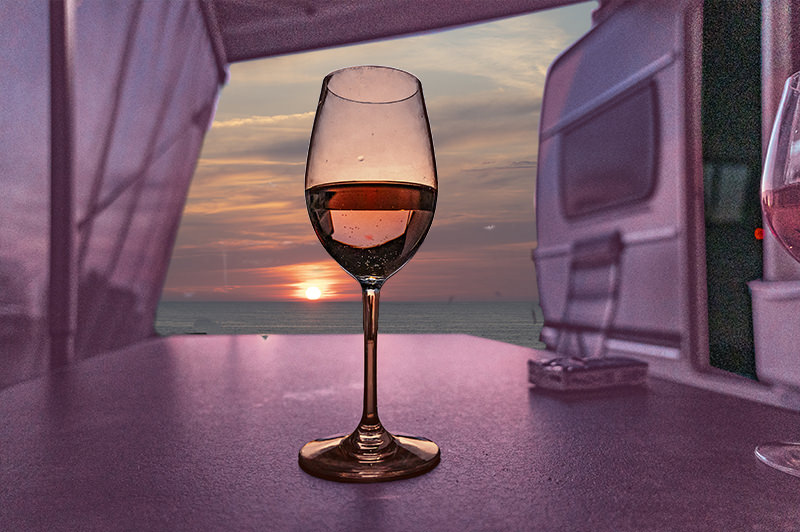
We stay at one of the campsites in Bidart, a small town on the Atlantic coast known for its beautiful beaches and surf culture. Bidart also has an interesting 16th century church with a panoramic view of the sea. - From here we will make excursions to Anglet, where we will see the renovation works of the barque "L'Herminone", drive to Bayonne, where we will get a first impression of the life and culture of this region at the Musée de Pays Basque and get to know the city better.
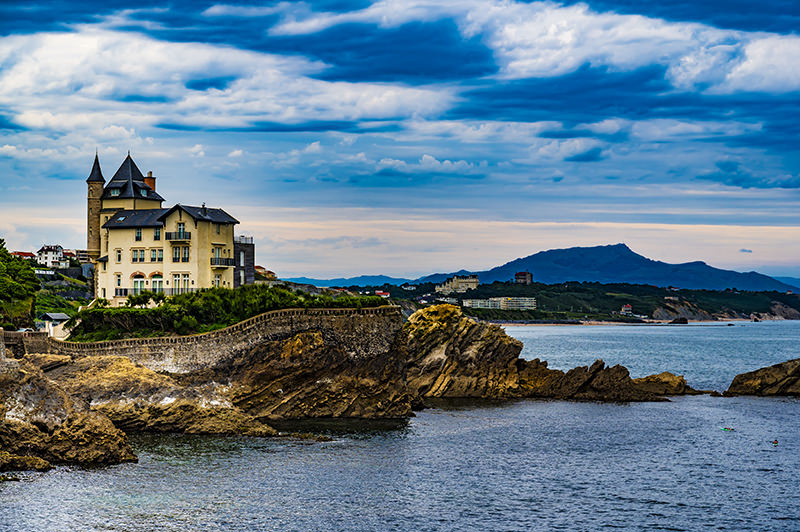
Continue to Biarritz, the elegant seaside resort of the Basque Country. Biarritz was a favorite destination of the European aristocracy and still retains a touch of glamour. Sights include the Rocher de la Vierge, a rock with a statue of the Virgin Mary; the Aquarium across the street; the Phare de Biarritz, a 19th-century lighthouse; Villa Belza, a neo-Gothic seaside villa; and the Cloche du Plateau de l'Atalaye, a bell on a hill that used to announce the arrival of whalers.
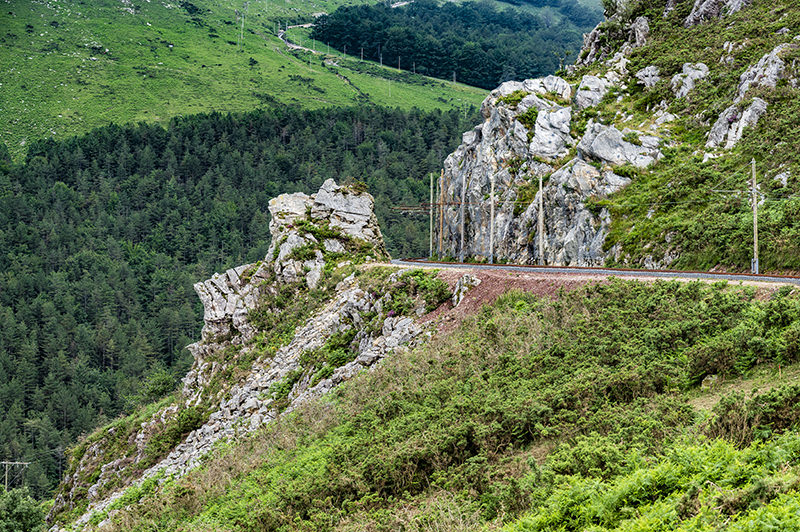
Another must-see is La Rhune, he 905 meter high local mountain of the Basques. Here is the border between France and Spain and exactly in the restaurants on the top you are already in the 'other country'. You can climb the mountain on foot, which is often done. Without risking conflicts with the horses running free here, we went up with the historic cog railroad and have looked from the Pyrenees to the coast.
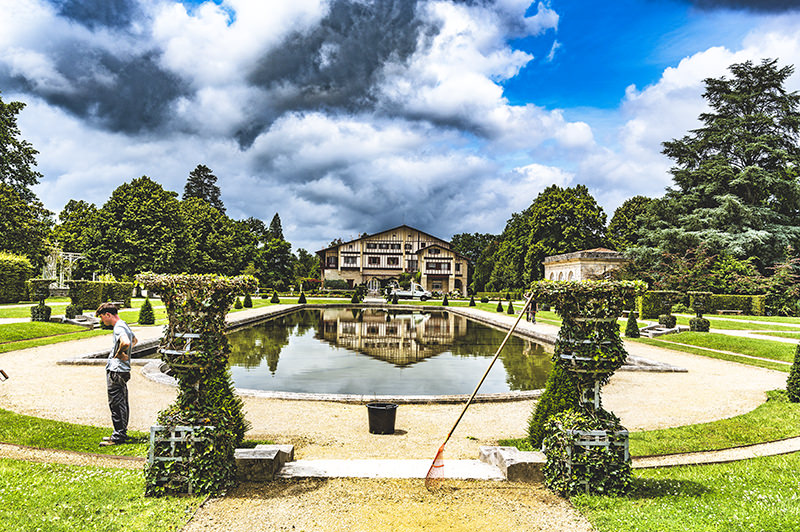
In Cambo-les-Bains, a small spa town, we visit Villa Arnaga, the house of Edmond Rostand, the author of "Cyrano de Bergerac". His lifestyle is already impressive and so we have found, even if rather accidentally, a connection to the Périgord, to Bergerac.
Rostand's inner conflict between his longing for solitude and simplicity and his penchant for honor and luxury characterize the house and grounds.
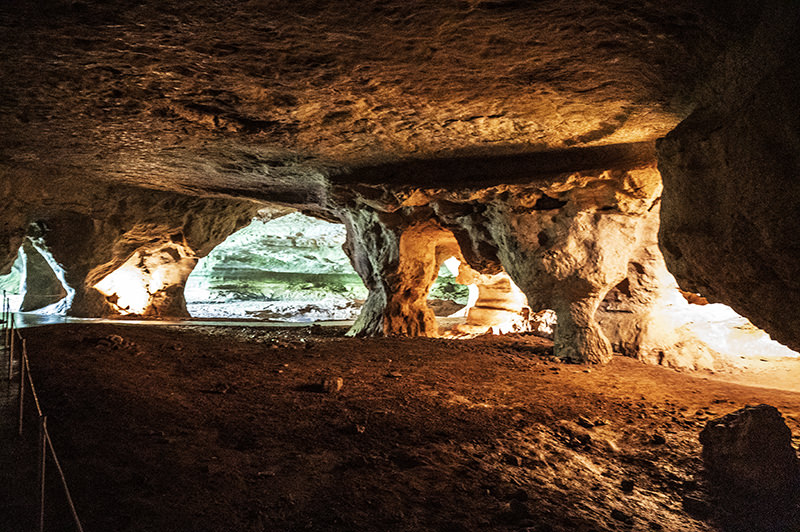
Not far from the small village of Sare we find the caves of Sare. They are located in the mountain Atxurio, a huge limestone massif. The cave Leza is by and large in its original state as it was 2 million years ago. It consists of an atypical geological formation. Huge rooms, a vestibule that is one of the largest in the Aquitaine region, but also traces of everyday life of our ancestors can be seen here.
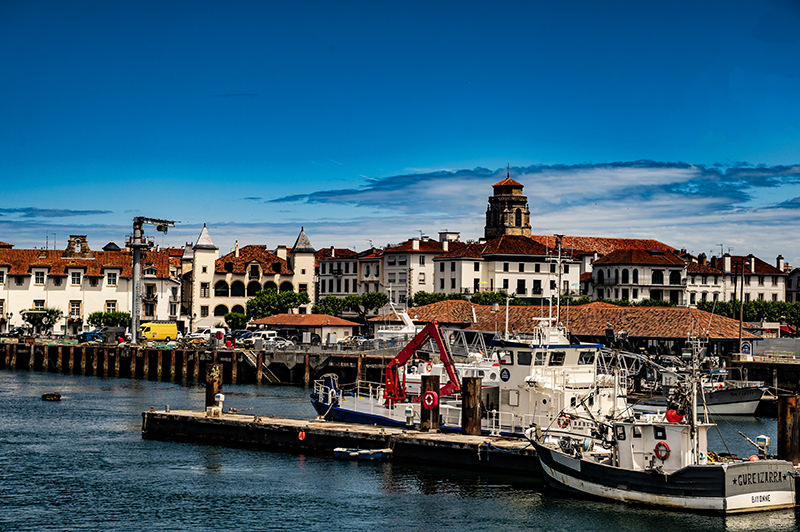
Culture, numerous events, varying landscape, modern and at the same time traditional restaurants, protected beaches, surfing are good conditions to create unforgettable vacation memories of Saint-Jean-de-Luz and the surrounding villages. And if there is something to celebrate, old traditions are mixed, which are still lived by the population. The fact that we do not understand a word of Basque, we noticed at some point no longer...
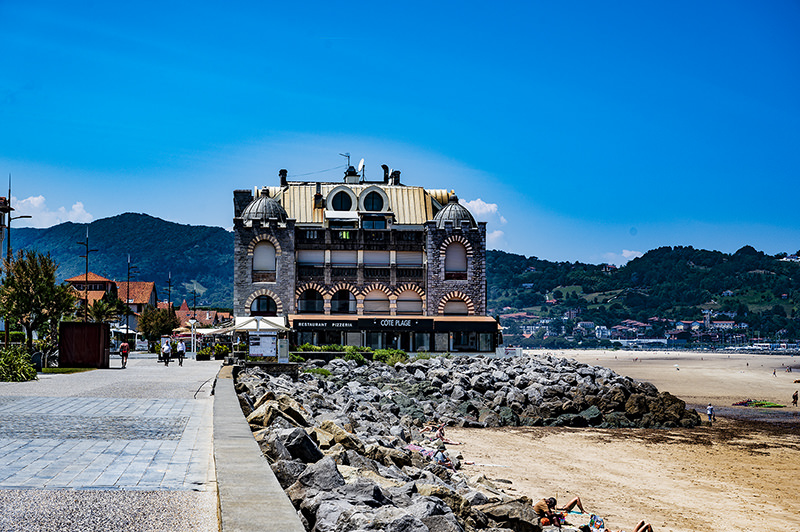
The last stop on the French side is Hendaye, a town at the mouth of the Bidassoa River, which forms the border with Spain. Hendaye has a long sandy beach ideal for families, as well as a casino and a Résidence Croisière, an art deco building from the 1930s.
